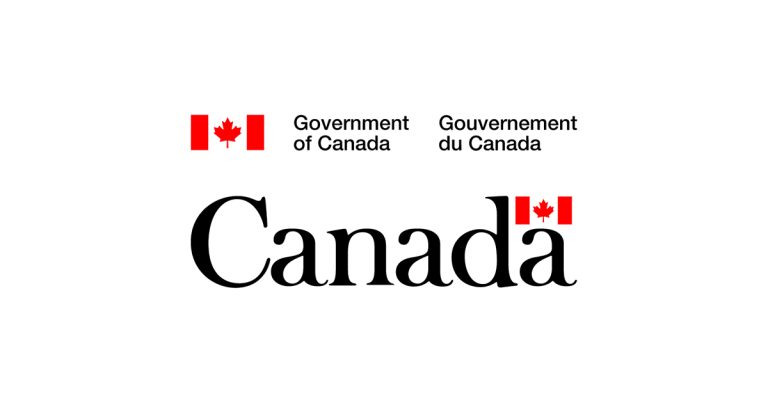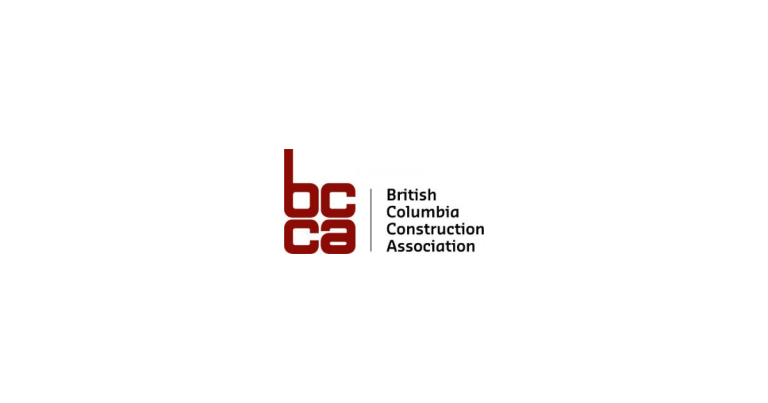CSA Group Publishes New National Standard to Help Protect Underground Infrastructure

CSA Group’s CSA Z247 Damage Prevention for the Protection of Underground Infrastructure is pleased to announce the publication of a new standard that when adopted will help to prevent damage and protect underground infrastructure such as pipelines, electrical and telecommunication cables, water and sewer lines, altogether enhancing public safety. The new standard specifies the requirements for preventing damage when there is ground disturbance near existing, deactivated, abandoned in-place, or reserved for future use underground infrastructure.
“With this new standard, CSA Group continues to help promote safer practices for all Canadians. We have a long history developing standards related to underground infrastructure going back more than 50 years,” says Gianluca Arcari, Executive Director, Standards and Vice President, CSA Group. “This new standard provides requirements and guidance to prevent damage to Canada’s thousands of kilometers of buried infrastructure and will help reduce unnecessary risk to workers and the general public.”
Buried underground infrastructure across Canada is a complex maze of cables and pipes that provide electricity, telecommunications, natural gas to heat our homes and businesses, and water and sewer lines. The successful design and operation of this buried infrastructure depends upon it being identified and taken into account whenever digging takes place, limiting damage and costly repairs as well as disruptions in service. When buried infrastructure is damaged it exposes the public to anything from a service disruption to serious injury or even death.
CSA Z247 addresses the challenges facing damage prevention in Canada, identifying the damage prevention process and outlining its key elements. Consistently applying this process will help reduce damage to buried infrastructure and enhance public safety. Adoption of a single standard across Canada makes it easier to gauge and understand the issues of damage prevention and eliminates the need to navigate multiple standards, guidelines and jurisdictions.
To purchase a copy of CSA Z247, go to www.shop.csa.ca









![Guide to the Canadian Electrical Code, Part 1[i] – A Road Map: Section 52 — Diagnostic imaging installations](https://electricalindustry.ca/wp-content/uploads/2022/11/Guide-CE-Code-2.png)






